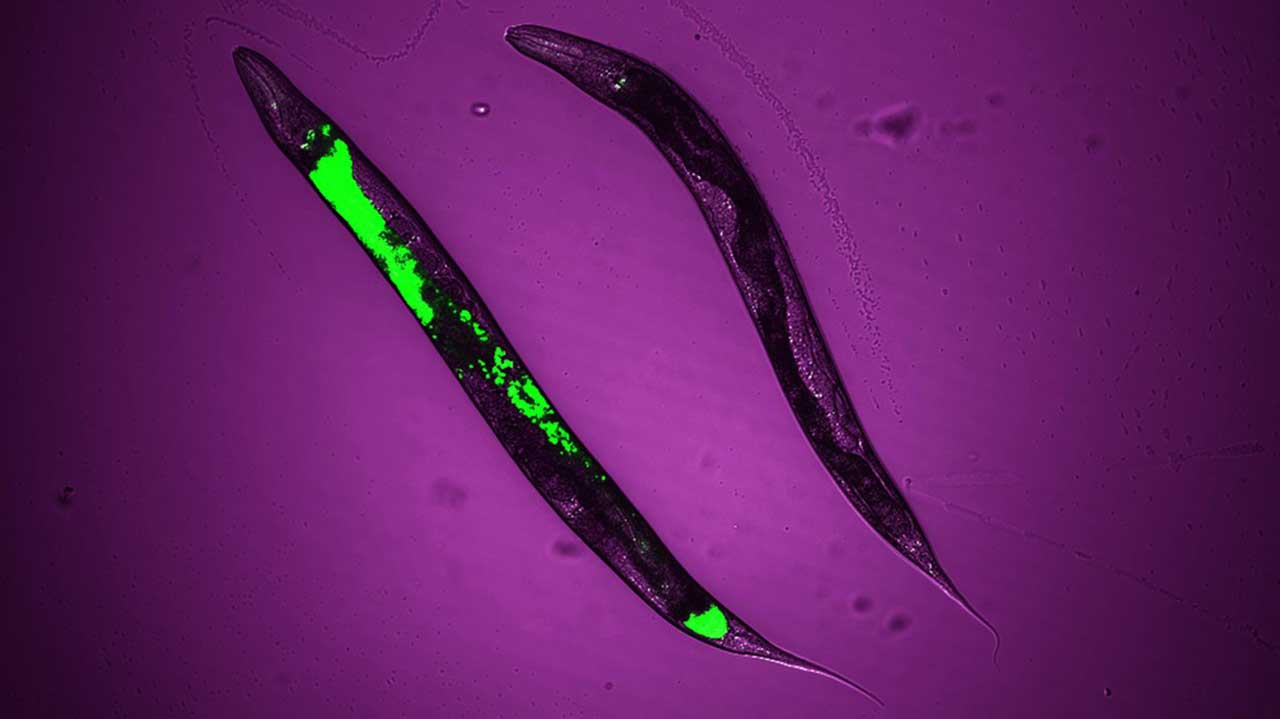
Mitochondria is a powerhouse of the cell. It plays a vital role in producing energy from food. Meanwhile, it can get stressed and damaged.
Under stressful conditions, mitochondria activate their multiple defense mechanisms: biochemical “domino” pathways that help them repair their defects and recover or improve their health.
Stressed mitochondria are largely involved in aging, cancer, age-related neurodegenerative, and metabolic syndrome. In view of how central mitochondria are to survival and health, they have advanced numerous stress response pathways to adjust their function to the cell’s consistently changing climate. However, how these stress responses are controlled is still, to a great extent, obscure.
Now, scientists at EPFL have discovered certain enzymes that play a significant role in stress responses that defend mitochondria from stress and promote health and longevity. They found that stressed mitochondria induce global and very specific epigenetic changes, which involve enzymes that unravel compacted DNA in the cell’s nucleus to activate genes. Known as histone acetyltransferases, these enzymes interact with the histone proteins that pack DNA into chromatin structure.
Scientists observed the chromatin of the nematode C. elegans; they found that a histone acetyltransferase named CBP-1 plays a vital role in epigenetic changes caused by mitochondria’ stress response. It translates their stress signal into a coordinated transcription of several genes known to be involved in mitochondrial stress response.
Terytty Yang Li, the first author of the study, said, “The beneficial effects of the mitochondrial stress response, such as resistance to pathogen infections, improved proteostasis against amyloid-β aggregation – one of the culprits of Alzheimer’s – and extending lifespan are almost completely dependent on these epigenetic changes. Moreover, analysis in mouse and human populations, as well as genetic and pharmacological loss-of-function studies in mammalian cells, strongly suggest that this epigenetic mechanism involved in the regulation of the stress response, health, and lifespan is also conserved in the mouse and human.”
Johan Auwerx said, “Our work identifies an evolutionarily conserved node for mitochondrial stress signaling that defends mitochondrial function and promotes health and longevity. We are convinced that drugs that target these mitochondrial stress pathways may be interesting to curb the aging process.”
Journal Reference:
- Terytty Yang Li et al. The transcriptional coactivator CBP/p300 is an evolutionarily conserved node that promotes longevity in response to mitochondrial stress. Nature Aging, 2021. DOI: 10.1038/s43587-020-00025-z
Continue reading Scientists found enzymes that activate in mitochondrial stress response on Tech Explorist.
0 comments:
Post a Comment